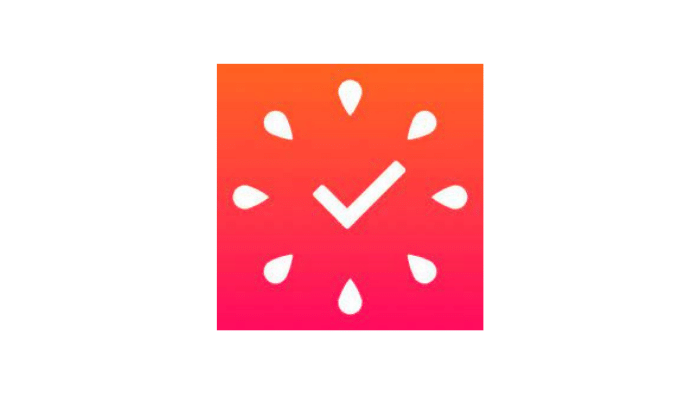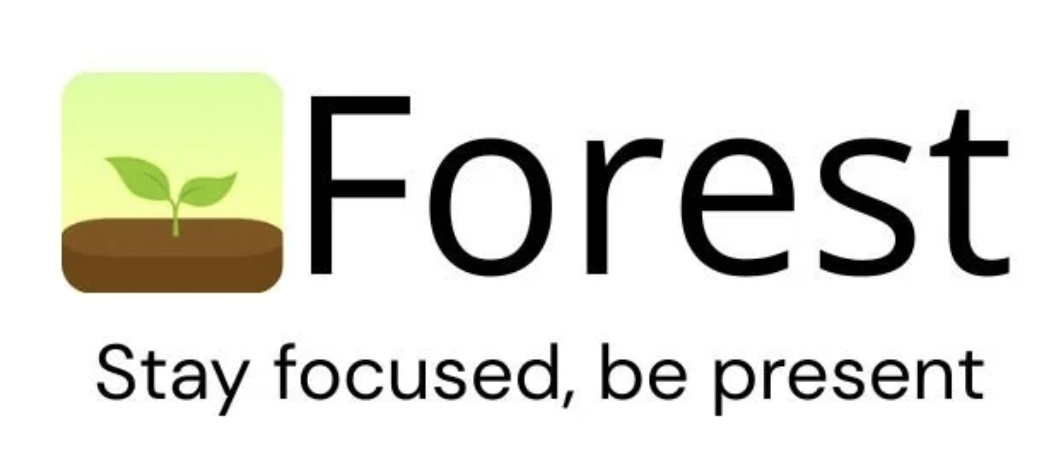
Volver al hub
Blog
The 5 Best Pomodoro Timer apps in 2025
Publicado el 18 jun 2025Actualizado el 11 dic 2025
Struggling to stay focused with endless distractions? The Pomodoro Technique, developed by Francesco Cirillo in the 1980s, is a simple yet powerful time management method that breaks work into focused intervals (typically 25 minutes) followed by short breaks. Named after the tomato-shaped kitchen timer Cirillo used, it’s a proven way to enhance productivity. In 2025, Pomodoro apps elevate this technique with smart features. After testing numerous options, I’ve curated the top five apps to help you reclaim your focus.
What Makes a Great Pomodoro App in 2025?
A great Pomodoro app goes beyond basic timing. Here’s what we prioritized:
Simplicity: Easy to use without overwhelming features.
Customization: Flexible work/break intervals to suit your needs.
Cross-platform: Syncs across devices for seamless use.
Integrations: Connects with your existing tools.
Distraction-free: Clean design to keep you focused.
The 5 Best Pomodoro Timer Apps for 2025
1. Focus To-Do – The All-in-One Productivity Hub

Focus To-Do is a time management app that combines the Pomodoro technique with a to-do list, available on iOS, Android, Windows, Mac, and as a Chrome extension. It allows users to plan their tasks, set reminders, and track their progress with a built-in Pomodoro timer for 25-minute work sessions followed by short breaks. The app offers cross-platform synchronization, subtasks, unlimited projects, and statistical reports to analyze productivity. Its clear interface and customization options, such as work and break times, make it an ideal tool for students and professionals. Focus To-Do excels at organizing complex tasks while maintaining the simplicity of the Pomodoro method. The free version is robust, although some advanced features require a subscription. Why it’s great:
Integrates task lists, priorities, and progress tracking.
Syncs across Windows, Mac, iOS, Android, and Apple Watch.
Offers detailed analytics to track time usage.
Gamifies productivity with a virtual forest that grows as you complete tasks.
Price: Free; Lifetime Premium: $11.99
Best for: Users seeking a single app for tasks and timing, especially those juggling multiple projects.
Verdict: A powerful, pocket-sized productivity assistant. The free version is robust, but premium features are worth it for serious users.
2. Forest – Gamified Focus with Real Impact

Forest is a unique productivity app that gamifies concentration, available on iOS and Android. Rather than a traditional Pomodoro timer, it allows users to plant a virtual seed that grows into a tree during a work session (10 to 180 minutes). If the user leaves the app in Deep Focus mode, the tree dies, reinforcing discipline. Forest offers detailed statistics, labels to categorize sessions, and collaboration with Trees for the Future to plant real trees with the coins you earn. Its attractive design and soothing forest sounds make it a popular choice for reducing phone distractions. Although customizable, it offers fewer task management options than other apps. Why it’s brilliant:
Gamification motivates with visual progress.
Deep Focus Mode blocks phone distractions.
Partners with tree-planting organizations for real-world impact.
Detailed analytics track productivity trends.
Price: $3.99
Best for: Students, visual learners, and anyone motivated by gamification.
Verdict: Fun and effective, Forest makes productivity addictive while supporting environmental causes.
3. Toggl Track – The Professional’s Choice

Toggl Track is a time tracking app with built-in Pomodoro functionality, available on iOS, Android, Windows, Mac, and via extensions for Chrome and Firefox. Primarily designed for professionals and freelancers, it allows you to track time by task or project, with detailed reports to analyze work habits. Pomodoro mode, accessible via desktop apps and extensions, helps structure work sessions with break reminders. Toggl Track integrates with tools such as Trello, Asana, and Todoist, making it a powerful choice for project management. Its interface is intuitive but can be complex for beginners. The free version is sufficient for individual use, with advanced features reserved for paid plans. Why it stands out:
Automatically starts Pomodoro timers with time entries, with customizable intervals.
Provides detailed reports for billable hours.
Supports team collaboration with centralized time tracking.
Integrates with over 100 tools.
Price: Free for up to five users; Starter: $9/user/month; Premium: $18/user/month
Best for: Freelancers, consultants, and teams needing time tracking and analytics.
Verdict: Professional-grade yet user-friendly, with a browser extension that’s a game-changer for web-based work.
4. Pomofocus – The Minimalist’s Dream

Pomofocus is a free Pomodoro web app that can be accessed on any browser, whether on a computer or mobile device. It offers a simple and customizable timer for work and break sessions, with the ability to add tasks and estimate the number of Pomodoros needed. Users can save recurring tasks as templates and view visual reports of their focus hours per day, week, or month. Pomofocus is appreciated for its simplicity and lack of unnecessary features, making it an ideal choice for students or those looking for a minimalist tool. Premium features, such as annual reports and projects, are optional, but the free version is more than enough for most users. Why it shines:
No installation needed; works on desktop and mobile browsers.
Customizable work/break intervals.
Includes basic task tracking.
Clean, distraction-free interface.
Price: Free; Premium: $1.99/month, $12/year, or $36 lifetime
Best for: Minimalists, students, and anyone wanting a no-frills timer.
Verdict: Proof that simplicity can be powerful, Pomofocus is ideal for quick, focused sessions.
5. Otto – The Browser-Based Champion

Otto is a Chrome extension that combines a Pomodoro timer with a website blocker to boost productivity. Its playful design features a character named Otto, whose health bar decreases if the user visits distracting websites included in a block list. Otto is easy to use: one click on the extension launches a Pomodoro session, with no complex task management options. It provides a daily distraction chart to evaluate performance. Completely free, it is ideal for those looking for a lightweight and motivating tool to stay focused. However, its lack of advanced features and limitation to Chrome may not suit users who need a more comprehensive solution. Why it’s unique:
Blocks distracting websites during focus sessions.
Tracks productivity with detailed analytics.
Gamifies focus with a quirky weight-lifting mascot.
Easy to set up and use across tabs.
Price: Free for basic features; $24/year or $59 lifetime for advanced analytics
Best for: Chrome users who work online and need to avoid distractions.
Verdict: Convenient and engaging, Otto is like a productivity coach in your browser.
How to Choose the Right Pomodoro App
Your ideal app depends on your workflow:
Minimalists: Pomofocus for simplicity.
Gamification fans: Forest for visual motivation.
Professionals: Toggl Track for time tracking and team features.
Power users: Focus To-Do for all-in-one functionality.
Browser workers: Otto for distraction-free web work.
Pomodoro Technique Best Practices
Maximize your Pomodoro sessions with these tips:
Plan ahead: Spend 5 minutes prioritizing tasks before starting.
Take breaks seriously: Stretch, hydrate, or relax, but avoid screens or new tasks.
Handle interruptions: Log them, defer politely, and analyze patterns later.
Customize intervals: Try 45/15 for creative work, 25/5 for admin tasks, or 90/20 for deep focus.
Why Pomodoro Works
The technique leverages psychology:
Time boxing: Creates urgency to focus.
Breaks: Prevent mental fatigue.
Progress tracking: Builds momentum.
Structured flexibility: Balances commitment with rest.
Common Mistakes and Fixes
Treating all tasks the same: Match Pomodoro length to task type.
Skipping breaks: Treat breaks as essential for brain refresh.
Over-planning: Leave buffer time for flexibility.
Using for everything: Reserve Pomodoro for tasks that benefit from timed focus.
Integration Tips
Project managers: Estimate tasks in Pomodoros for better planning.
Students: Pair with active recall during breaks.
Remote workers: Sync sessions for virtual co-working.
Entrepreneurs: Time-box different work types to stay balanced.
The Future of Focus
In 2025, expect:
AI-driven coaching for personalized work/break ratios.
Biometric integration adjusting timers based on stress or heart rate.
Collaborative features for team productivity.
Micro-breaks tailored to cognitive load.
Troubleshooting
Can’t stop mid-task?
Use remaining time to review or refine.
25 minutes feels wrong?
Experiment with 15- or 45-minute sessions.
Frequent interruptions?
Track and address patterns.
Forgetting breaks?
Choose an app with persistent notifications.
Building a Pomodoro Habit
Start with 2-3 Pomodoros daily.
Log completed sessions for motivation.
Align with your natural energy peaks.
Expect setbacks and focus on consistency.
Celebrate progress, not perfection.
The Bottom Line
In a distracted world, Pomodoro is a tool to reclaim your attention. Whether you pick Forest’s gamification, Toggl Track’s professionalism, Focus To-Do’s versatility, Pomofocus’s simplicity, or Otto’s browser integration, the key is consistent use. Experiment to find what works, and start building your focus habit today.
FAQs
Best free Pomodoro app?
Pomofocus for simplicity; Focus To-Do for features. Helps with ADHD?
Yes, it breaks tasks into manageable chunks. Apps like Forest aid focus. Break length?
5 minutes for short breaks; 15-30 minutes after four sessions. Adjust as needed. 25 minutes too long?
Try 15-minute micro-Pomodoros or longer sessions for deep work. Good for creative work?
Yes, use longer intervals for deep tasks and shorter ones for admin. What to do in breaks?
Stretch, hydrate, or relax; avoid screens or new tasks. Best for teams?
Toggl Track for time tracking; Focus To-Do for collaboration.

Precios claros, transparentes y sin costes ocultos.
Sin compromiso, precios para ayudarte a aumentar tu prospección.
Créditos(opcional)
No necesitas créditos si solo quieres enviar emails o hacer acciones en LinkedIn
Se pueden utilizar para:
Buscar Emails
Acción IA
Buscar Números
Verificar Emails
€19por mes
1,000
5,000
10,000
50,000
100,000
1,000 Emails encontrados
1,000 Acciones IA
20 Números
4,000 Verificaciones
€19por mes
Descubre otros artículos que te pueden interesar!
Ver todos los artículosSoftware
Publicado el 31 mar 2025
9 alternativas a UpLead para impulsar REALMENTE tu prospección
 Niels Co-founder
Niels Co-founderLeer más
Software
Publicado el 11 jul 2024
8 alternativas a Expandi para reducir tus costes de adquisición
 Marie Head Of Sales
Marie Head Of SalesLeer más
Software
Publicado el 22 abr 2024
Las mejores alternativas a Dropcontact para una mejor prospección B2B
 Marie Head Of Sales
Marie Head Of SalesLeer más
Software
Publicado el 4 jun 2024
Las 6 mejores alternativas a GetProspect para impulsar tu prospección
 Marie Head Of Sales
Marie Head Of SalesLeer más
Software
Publicado el 26 abr 2024
9 alternativas a Hunter.io (gratuitas/de pago)
 Marie Head Of Sales
Marie Head Of SalesLeer más
Software
Publicado el 8 mar 2025
7 alternativas a Kaspr para impulsar tu prospección B2B sin vaciar tu cartera
 Niels Co-founder
Niels Co-founderLeer más
Enlaces útiles
HubCold-email: Guía CompletaEntregabilidad: Guía completaAlternativa a LemlistAPISolicitar una demoPrograma de afiliadosFind emailMade with ❤ for Growth Marketers by Growth Marketers
Copyright © 2026 Emelia All Rights Reserved
